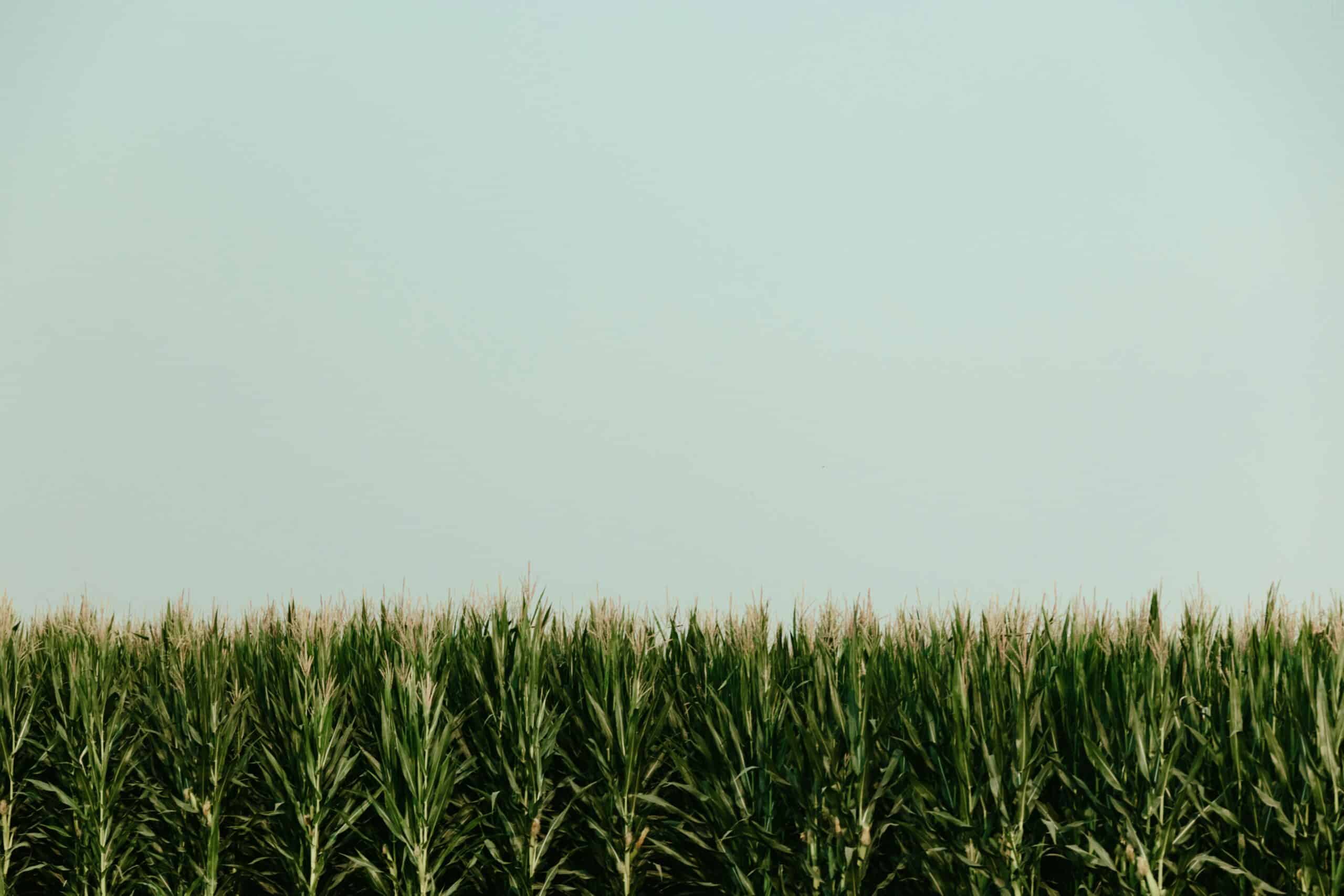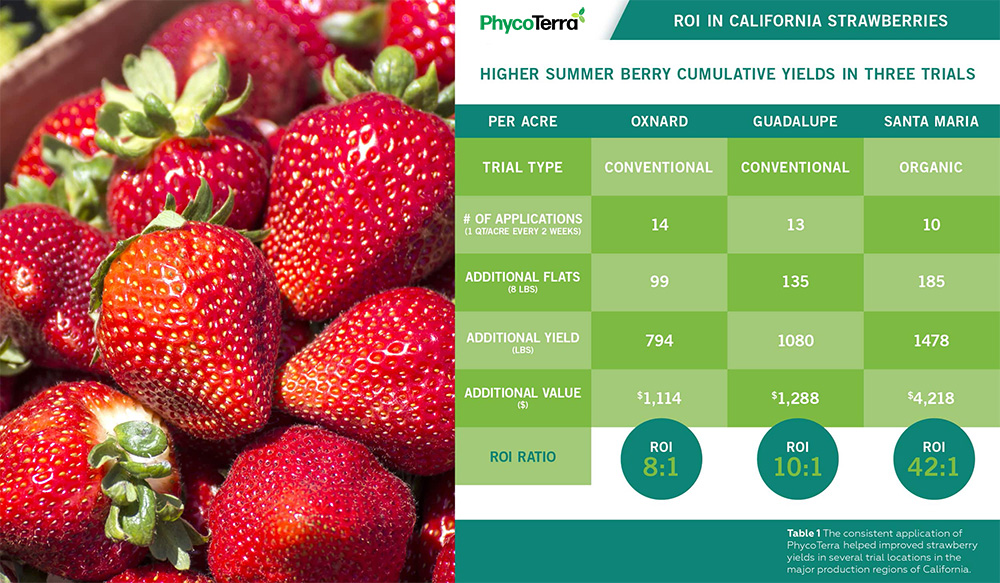Apr 11, 2025

According to research from University of Illinois Extension, the average American eats over five pounds of strawberries a year—3.4 pounds of which are consumed fresh, with the remaining purchased and consumed as frozen. And while we are on the topic of fun-facts, if every strawberry produced in the state of California over a one-year period were laid end to end, the chain would circle the earth 15 times…that’s a lot of California strawberries!
To meet consumer demand, growers must maintain healthy and productive soils, a feat not easily accomplished given common production practices for the crop such as frequent tillage, bed listing, and fumigation. The use of plastic mulch and a long growing season that makes cover crop establishment next to impossible are also barriers to improving soil health and even make the maintenance of a healthy soil biome hard to achieve.
Despite these challenges, soil health and quality remain top of mind for strawberry producers. And today, many sustainability initiatives are underway within the industry as consumers continue to voice concerns about local agriculture production practices.
Heliae Agriculture provides solutions for helping growers produce consistent strawberry yields and improving soil health and quality at the same time. PhycoTerra and PhycoTerra Organic, can be readily deployed on any field for near-immediate soil health improvement results.
Heliae research shows that application of either product can help improve the soil microbiome by providing a labile food source— a driver in creating and maintaining soil structure and water holding capacity. Increased nutrient availability, made available by the diverse microbes attracted by the food source, provides greater crop uniformity, resilience to stressors and better quality and yield.
Strawberry crops consistently respond to a PhycoTerra enhanced growing environment, regardless of growing locale. Trial results from California (Table 1) and Florida (Figure 2) support the benefits of using PhycoTerra in a strawberry growing program.
The consistent application of PhycoTerra helped improve strawberry yields in several trial locations in the major production regions of California to provide return on investment ratios as high as 42:1.
On the other side of the country, the consistent application of PhycoTerra also helped to improve strawberry yields in a Florida trial.
All trials showed a marked improvement in: root growth, berry marketability, and Brix, relative to the grower standard, when PhycoTerra was consistently applied. These results highlight the positive connection between improved soil health and quality, as well as strawberry crop yield potential and marketability (Tkacz and Poole 2015).
Weil and Brady 2017 – https://www.pearson.com/us/higher-education/program/Weil-Nature-and-Properties-of-Soils-The-15th-Edition/PGM219427.html
Illinois Extension 2020 – https://web.extension.illinois.edu/strawberries/facts.cfm
Tkacz and Poole 2015 – https://tinyurl.com/yced6g8r
California Example

Table 1 – The consistent application of PhycoTerra helped improved strawberry yields in several trial locations in the major production regions of California.
Florida Example
Improved Growth, Yield and Quality

Figure 1 – The consistent application of PhycoTerra helped improved strawberry yields in a Florida trial. Furthermore, root growth, berry marketability, and Brix also improved using PhycoTerra relative to the grower standard.
Our research at Heliae Agriculture has led to the creation of a quality microalgae product, a variety of sustainable soil solutions that can have an immediate impact on your soil microbiome, and the performance of your broccoli and cauliflower crop. To learn more about our Soil Microbe Food, PhycoTerra, and how it can improve the soil and yields on your farm, click here.
Note: All trial data is current as of blog posting. For the most up to date trail data, please visit our trials page.